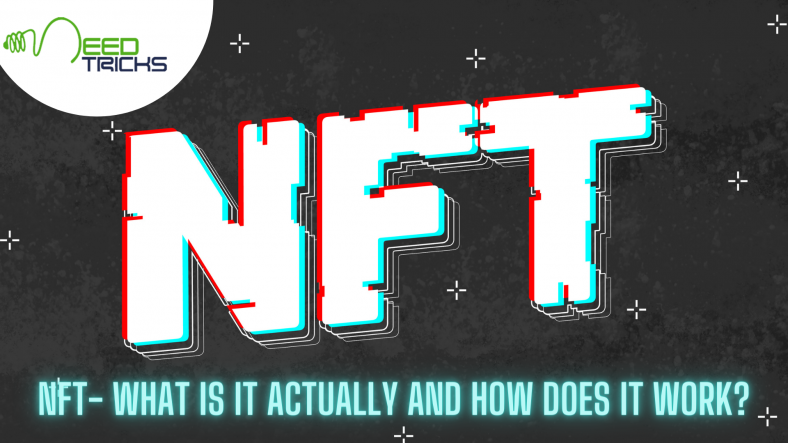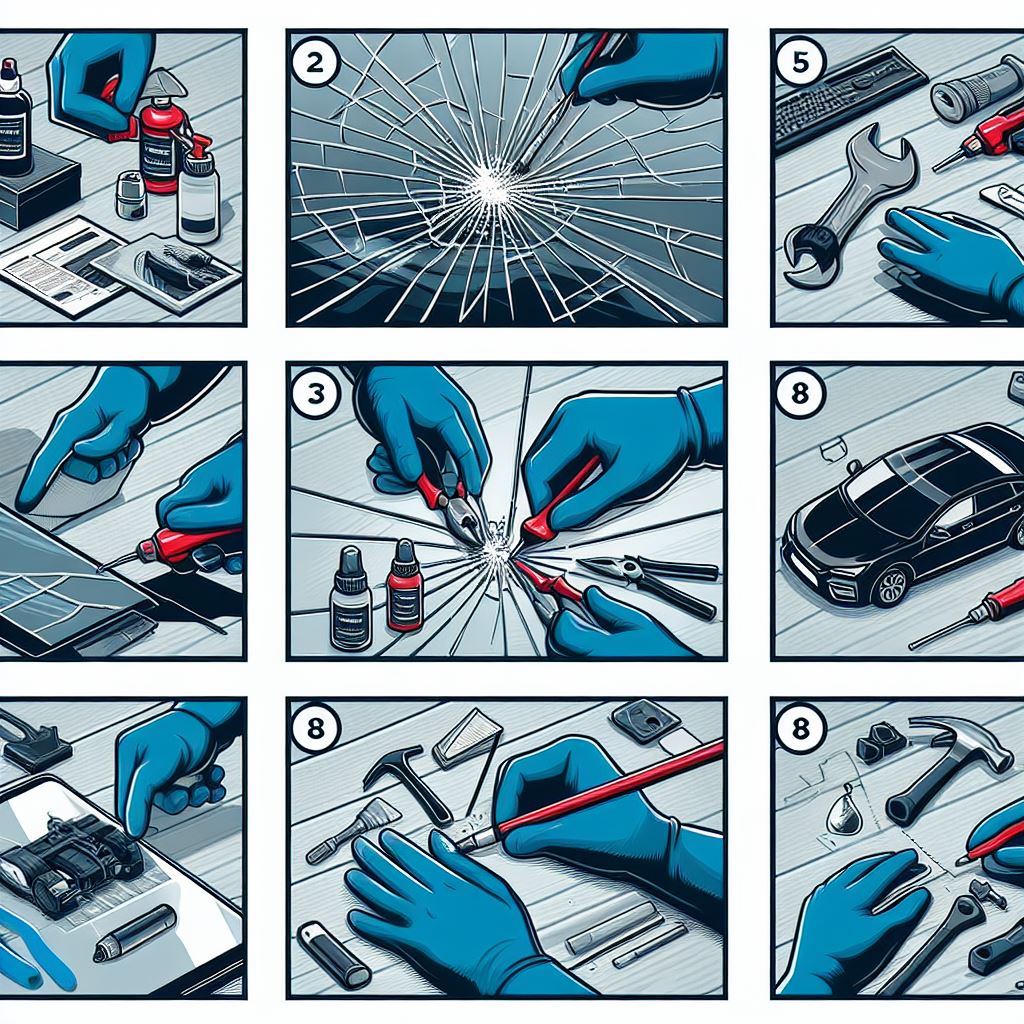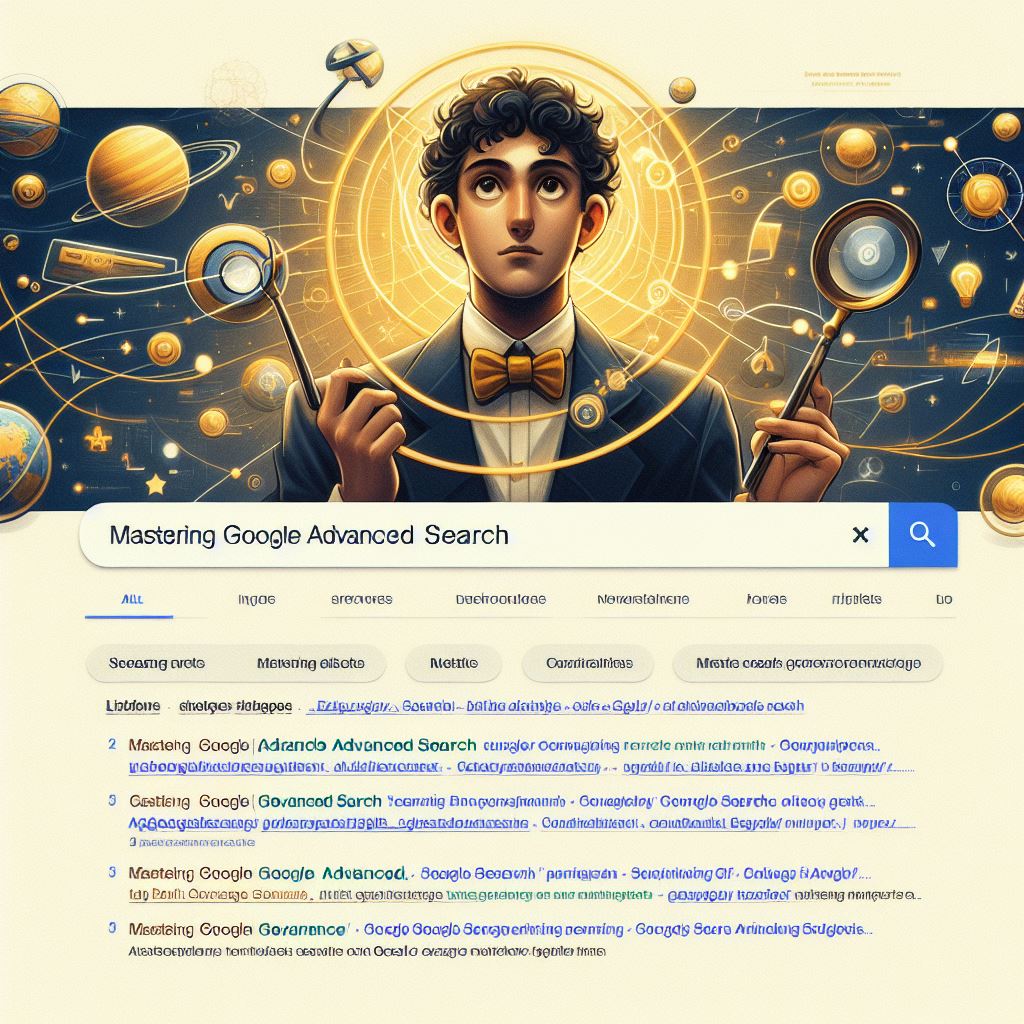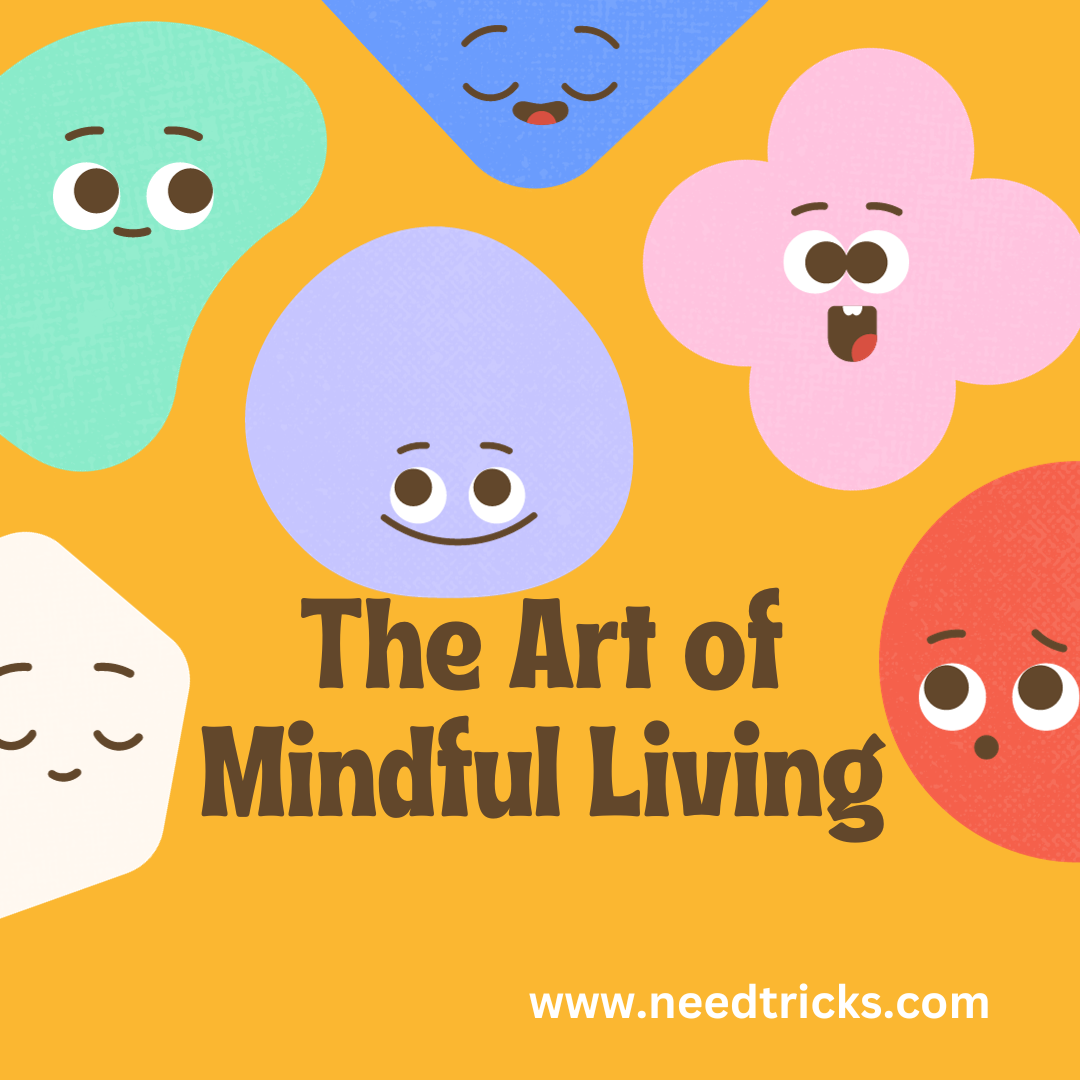NFT- What is it actually and how does it work?
A non-fungible token (NFT) is a non-exchangeable unit of information put away on a blockchain, a type of computerized record. Sorts of NFT information units might be related to computerized records, for example, photographs, recordings, and sound. Since every token is extraordinarily recognizable, NFTs vary from blockchain digital forms of money, like Bitcoin.
NFT records case to give a public testament of credibility or confirmation of proprietorship, however, the legitimate privileges passed on by an NFT can be dubious. NFTs don’t limit the sharing or replicating of the fundamental computerized records, don’t pass on the copyright of the advanced documents, and don’t forestall the formation of NFTs with indistinguishable related documents.
NFTs have been utilized as a speculative resource, and they have drawn expanding analysis for the energy cost and carbon impression related to approving blockchain exchanges just as their successive use in workmanship tricks.
How do NFTs function?
NFTs are not quite the same as ERC-20 tokens, like DAI or LINK, in that every individual token is special and isn’t separable. NFTs provide the capacity to relegate or guarantee responsibility for an exceptional piece of advanced information, identifiable by utilizing Ethereum’s blockchain as a public record. An NFT is stamped from computerized objects as a portrayal of advanced or non-advanced resources. For instance, an NFT could address:
Computerized Art:
GIFs
Collectibles

Music
Recordings
Genuine Items:
Deeds to a vehicle
Passes to a true occasion
Tokenized solicitations
Authoritative reports
Marks
Loads more choices to get innovative with!
An NFT can have each proprietor in turn. Possession is overseen through the uniqueID and metadata that no other token can reproduce. NFTs are printed through brilliant agreements that allocate possession and deal with the adaptability of the NFT’s. At the point when somebody makes or mints an NFT, they execute code put away in brilliant agreements that adjust to various principles, for example, ERC-721. This data is added to the blockchain where the NFT is being made due.
The printing system, from an undeniable level, has the accompanying advances that it goes through:
Making another square
Approving data
Recording data into the blockchain
NFT’s have a few unique properties:
Every token stamped has a one-of-a-kind identifier that is straightforwardly connected to one Ethereum address.
They’re not straightforwardly compatible with different tokens 1:1. For instance, 1 ETH is equivalent to another ETH. This isn’t true with NFTs.
Every token has a proprietor and this data is effectively irrefutable.
They live on Ethereum and can be traded on any Ethereum-based NFT market.
At the end of the day, if you own an NFT:
You can without much of a stretch demonstrate you own it.
Demonstrating you own an NFT is the same as demonstrating you have ETH in your record.
For instance, suppose you buy an NFT, and the responsibility for one kind of token is moved to your wallet through your public location.
The token demonstrates that your duplicate of the advanced record is the first.
Your private key is evidence of responsibility for uniqueness.
The substance maker’s public key fills in as an endorsement of realness for that specific computerized antique.
The maker public key is a super durable piece of the symbolic’s set of experiences. The maker’s public key can show that the symbolic you hold was made by a specific individual, along these lines adding to its fairly estimated worth (versus a fake).
One more method for pondering demonstrating you own the NFT is by marking messages to demonstrate you own the private key behind the location.
As referenced above, your private key is a confirmation of your responsibility for uniqueness. This lets us know that the private keys behind that address control the NFT.
A marked message can be utilized as verification that you own your private keys without uncovering them to anyone and hence demonstrating you own the NFT too!
Nobody can control it in any capacity.
You can sell it, and sometimes this will procure the first maker resale sovereignties.
Or then again, you can hold it perpetually, resting easily realizing your resource is gotten by your wallet on Ethereum.
Also, Read – https://www.needtricks.com/air-india-founds-its-way-back-to-the-tata-group/
Furthermore on the off chance that you make an NFT:
You can undoubtedly demonstrate you’re the maker.
You decide the shortage.
You can acquire sovereignty each time it’s sold.
You can sell it on any NFT market or shared. You’re not secured to any stage and you needn’t bother with anybody to the middle.
ROYALTIES
Some NFTs will consequently pay out sovereignties to their makers when they’re sold. This is as yet a creating idea yet it’s one of the most remarkable. Unique proprietors of EulerBeats Originals procure an 8% eminence each time the NFT is sold on. Furthermore a few stages, similar to Foundation and Zora, support eminences for their specialists.
This is totally programmed so makers can simply pause for a minute and procure sovereignties as their work is sold from one individual to another. Right now, sorting out sovereignties is extremely manual and needs exactness – plenty of makers don’t get compensated what they merit. Assuming your NFT has sovereignty customized into it, you’ll never pass up a great opportunity.
Augmenting profit for makers
The greatest utilization of NFTs today is in the computerized content domain. That is on the grounds that that industry today is broken. Content makers see their benefits and acquiring potential gulped by stages.
A craftsman distributing work on an informal community brings in cash for the stage and offers advertisements to the specialist’s devotees. They receive openness consequently, yet openness doesn’t cover the bills.
NFTs power another maker economy where makers don’t hand responsibility for content over to the stages they use to broadcast it. Possession is heated into the actual substance.
Whenever they sell their substance, reserves go straightforwardly to them. On the off chance that the new proprietor, sells the NFT, the first maker can even naturally get sovereignties. This is ensured each time it’s sold in light of the fact that the maker’s location is important for the symbolic’s metadata – metadata that can’t be changed.
How Is an NFT Different from Cryptocurrency?
NFT represents a non-fungible token. It’s by and large assembled involving a similar sort of programming as digital currency, as Bitcoin or Ethereum, however, that is the place where the likeness closes.
Actual cash and digital forms of money are “fungible,” meaning they can be exchanged or traded for each other. They’re additionally equivalent in esteem one dollar is consistently worth another dollar; one Bitcoin is equivalent 100% of the time to another Bitcoin. Crypto’s fungibility makes it a confided in the method for managing exchanges on the blockchain.
NFTs are unique. Each has an advanced mark that makes it inconceivable for NFTs to be traded for or equivalent to each other (thus, non-fungible). One NBA Top Shot clasp, for instance, isn’t equivalent to every day basically on the grounds that they’re both NFTs. (One NBA Top Shot clasp isn’t even fundamentally equivalent to another NBA Top Shot clasp, besides.)
We are taking many little steps towards a brighter and digital future.
I hope that this article was helpful for you.
To know more about many new technologies connect with us –
Facebook – https://www.facebook.com/NeedTricks
Twitter – https://twitter.com/Need_Tricks
Instagram – https://www.instagram.com/needtricks/
Youtube – https://bit.ly/33TdkkX











